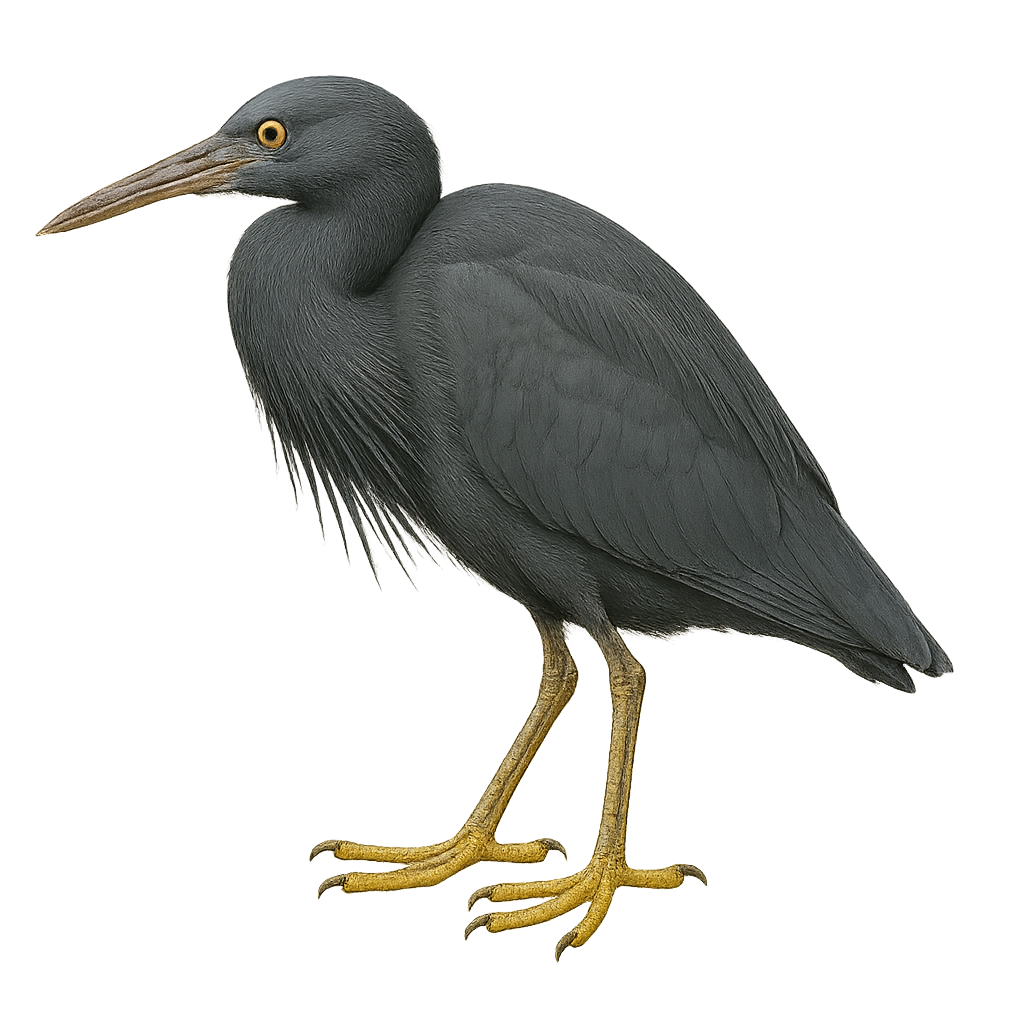Your wildlife photography guide.
Explore the pacific reef heron in detail, study its behavior, prepare your shots.
Where to observe and photograph the pacific reef heron in the wild
Learn where and when to spot the pacific reef heron in the wild, how to identify the species based on distinctive features, and what natural environments it inhabits. The WildlifePhotographer app offers tailored photography tips that reflect the pacific reef heron’s behavior, helping you capture better wildlife images. Explore the full species profile for key information including description, habitat, active periods, and approach techniques.
Pacific Reef Heron
Scientific name: Egretta sacra

IUCN Status: Least concern
Family: ARDEIDAE
Group: Birds
Sensitivity to human approach: Suspicious
Minimum approach distance: 10 m
Courtship display: September to December
Incubation: 24-26 jours
Hatchings: September to January
Habitat:
Coasts, coral reefs, mangroves
Activity period :
Primarily active during the day, with peak activity in the morning and late afternoon.
Identification and description:
The Pacific Reef Heron, Egretta sacra, is an elegant and slender bird often seen along the coasts and coral reefs of Southeast Asia and Oceania. It exhibits two plumage morphs: one entirely white and the other slate gray. This species is particularly adapted to coastal life, feeding mainly on fish, crustaceans, and aquatic insects. It is often seen alone or in small groups, patrolling the shores in search of food. The Pacific Reef Heron is known for its unique hunting technique, using its wings to create shade and attract prey. Although its habitat is threatened by coastal development, it is currently listed as of least concern by the IUCN.
Recommended lens:
400 mm – adjust based on distance, desired framing (portrait or habitat), and approach conditions.
Photography tips:
To photograph the Pacific Reef Heron, it is advisable to use a telephoto lens of at least 400mm to capture detailed images without disturbing the bird. Look for places where it hunts, such as coral reefs or mangroves, and be patient. The Pacific Reef Heron is often active during the day, providing good natural light conditions. Try to capture its unique behaviors, such as using its wings to create shade. Be discreet and respect the safety distance to avoid disturbing its natural habitat.
From knowledge to field practice
A species profile helps you understand an animal. In the field, the challenge is often different. Remembering your own observations.
The WildlifePhotographer app allows you to:
• record your personal observations
• note locations, dates, and behaviors
• revisit your field references over time
• build a private and long-term field logbook
The app does not provide observation locations.
It helps you organize what you actually observe, with respect for wildlife.

